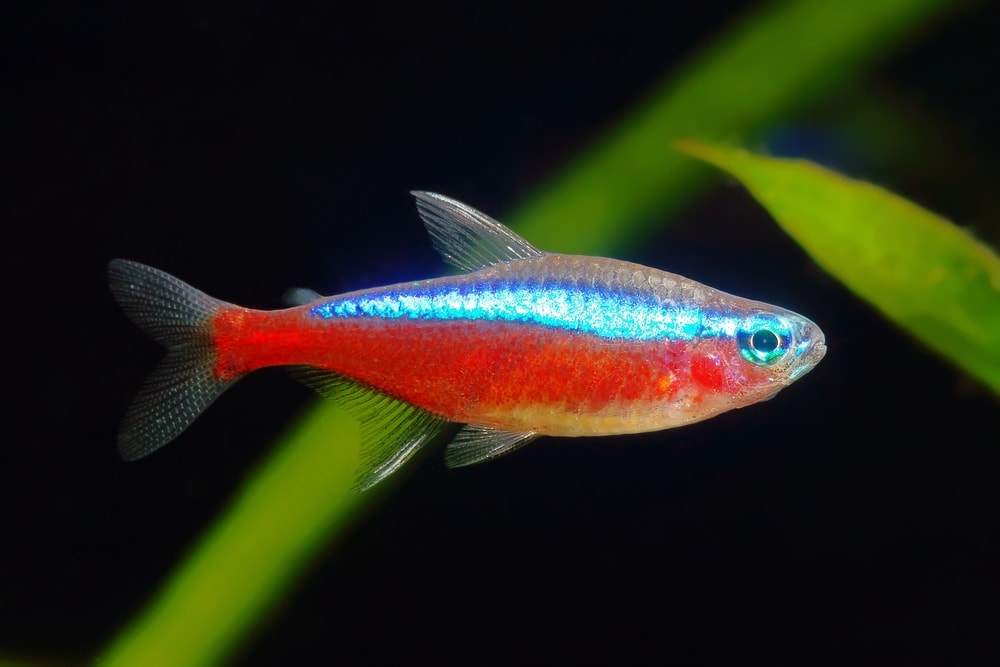

The “bullied” fish often gives in and moves to another part of the tank. Multiple fish may be getting together and “bullying” another fish. If you notice fish taking up residence in another territory, it may indicate there is aggressive behavior taking place. It may just mean you need to do something about the tank environment to ensure there’s enough space for all of your fish to feel comfortable and safe. Many fish nip at the fins because they intend to show dominance or give a warning, not cause harm. Split fins are usually good indicators that a fight has occurred.Ī split fin isn’t a serious wound, usually. What you will notice is evidence of a fight having taken place. You won’t always see aggressive behavior occurring in your aquarium.

Mother fish are protective over the territory where they laid their eggs and where they keep their fry after hatching. Females may nip at fish who get too near to their eggs or fry. Male fish will sometimes nip at females to show an interest in mating. Nipping can also indicate an attempt to mate. Nipping isn’t always about being aggressive. Chasing indicates coupling, dislike, food insecurity, or a battle over territory. It is just what it sounds like one fish swims around after another in a harassing manner. ChasingĬhasing is the most obvious sign of aggression between fish. How do you know when you’re witnessing aggressive behavior from a GloFish? You may notice chasing, nipping, splits of fins, varied territories, scratches, missing scales, or changes in the behavior of some fish. For this reason, it’s best to stock your fish tank with more females than males rather than the opposite. Males have been known to fight to the death over a female. In cases where there aren’t many females for males to mate with, the aggressive behavior is worse. If a male knows a female likes to hang out in a certain part of the tank, he will get more aggressive about defending his territory. Generally, the male GloFish will fight over females, not the other way around.ĭuring breeding times, GloFish get even more territorial. Most of the animal and aquatic kingdoms consist of species that fight over mates. Small fish are more aggressive when large fish are present at mealtime. You’ll also see a lot of fights over food in tanks with many large fish.

Fish tanks that are overstocked with fish often have occurrences of aggression between fish. Just the perception that there won’t be enough food to go around is enough for a GloFish to get aggressive at mealtime. If there is a shortage of food, GloFish will behave aggressively toward other fish to secure their meals. Most living creatures fight over food, including humans.

They usually guard their territory closely. It’s easy to spot fish with a strong territorial instinct. Should other fish come around the hiding spot, the fish who “lives” there will likely get aggressive. It’s usually somewhere that allows for hiding out. There’s more space for fish in the sea or other bodies of water.Īquarium fish will lay claim to an area of the tank. Wild fish get territorial about their environment, also, but can eke out another living space if needed. The territorial instinct is exaggerated in aquarium fish because they live in a tight space. A scared GloFish will almost always get aggressive with other fish. Three GloFish don’t constitute a school and won’t give your fish what they need to feel safe. The scenario above can play out in your aquarium when you get only a few GloFish and put them in a tank with other types of fish. Whenever a schooling fish doesn’t have that group to make it feel safe and secure, it gets scared and lonely, which often causes the fish to lash out at whatever other fish is around. Schooling fish take comfort in having all of those other fish around them. GloFish live with others of their kind in schools when in the wild. Let’s take a closer look at some of these causes. Other causes of aggression include fighting over food and mating. They may also want to show another fish who’s in charge of the space. One of the biggest driving factors for why GloFish act aggressively toward other fish is fear and loneliness. They can take the stress out on other fish in the tank. These fish stress if they’re uncomfortable. It also happens because there are too few or too many of their own kind in the tank with them. This happens because they’re territorial and want more space. GloFish do appear to fight each other sometimes. Some types prefer to be part of a large group of fish, while others display more aggression in groups of five or more. The level of aggression and the reason for it depends on what type of GloFish you have. 5 How Can You Stop GloFish Acting Aggressive?.4 What Are Signs of Aggression Occurring?.


 0 kommentar(er)
0 kommentar(er)
